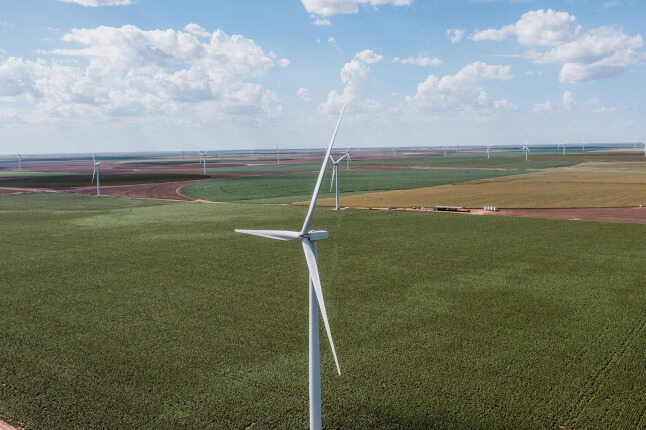News
The warming climate is having ripple effects across ecosystems, including plants, which have evolved clever mechanisms to conserve water when stressed by drought.
But are plants likelier to defend themselves against dry air or dry soil? This question is hotly debated among climate scientists, and the distinction matters: While there’s consensus on the trajectory of temperature rise over coming decades, less is known about how global warming will affect soil moisture. Understanding this dynamic may help decide the most effective ways to ensure the survival of robust plant life.
A team led by Kaighin McColl, assistant professor in the Department of Earth and Planetary Sciences and the John A. Paulson School of Engineering and Applied Sciences, have new research in Nature Water indicating that plant drought-defense mechanisms, which involve closing tiny pores on leaves called stomata to limit photosynthesis and conserve water, are more likely triggered by dry soil than by dry air.
Their results challenge recently held views and were derived from a place with no plants at all — the barren salt flats of Utah and Nevada.
Previous research had found that plants are likelier to have closed stomata in the presence of dry air, rather than dry soils, so it was assumed that aridity triggered the drought response. But McColl and colleagues suspected these results did not tell the whole story about plant vulnerability to drier environments.
“The problem with this argument is that correlation does not imply causation; when plants close their stomata, that could actually be causing the air to get drier, rather than the other way around,” McColl said.
To investigate their opposing hypothesis, McColl and lead author Lucas Vargas Zeppetello, a Harvard postdoctoral researcher who starts at the University of California, Berkeley, in January, used as their natural laboratory one of the only places on Earth that has a vigorous water cycle but doesn’t grow any plants — salt flats in the Western U.S. desert.
Using salt flats data provided by collaborators in Nevada and Utah, the researchers reproduced other researchers’ studies that had calculated the relationship between air dryness and moisture flux, or movement (in this case through evaporation), from the land surface and had attributed those values to plants closing their stomata to conserve water. The Harvard team found their calculations lined up almost perfectly with those previous studies, but with no plants in the salt flats, they knew there had to be another explanation.
In that plant-free environment, evaporation responds only to soil dryness. McColl and Vargas Zeppetello concluded that plant responses to lack of humidity may have been exaggerated in previous studies. They think instead that plants respond most acutely to dry soil, an environmental stressor that is known to reduce transpiration and photosynthesis.
What does this mean? Soil dryness matters more than air dryness when it comes to global plant ecosystems.
“Our findings put emphasis on projections for water in the future,” Vargas Zeppetello said. “People talk about consensus on climate change, but that really has to do with global temperatures. There’s much less of a consensus on what regional changes to the water cycle are going to look like.”
The research was supported in part by the National Science Foundation.
Topics: Climate
Cutting-edge science delivered direct to your inbox.
Join the Harvard SEAS mailing list.
Scientist Profiles
Kaighin A McColl
Assistant Professor of Earth and Planetary Sciences and of Environmental Science and Engineering
Press Contact
Leah Burrows | 617-496-1351 | lburrows@seas.harvard.edu



